Embracing Health: Top Senior Fitness Routines Explained
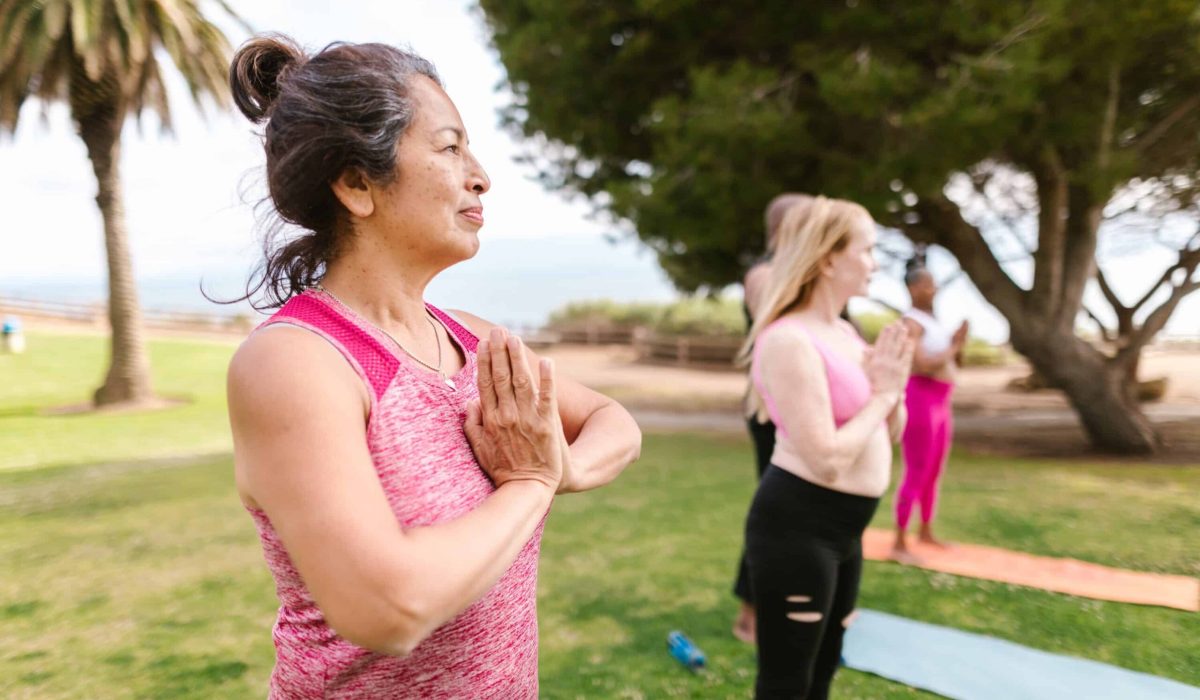
As we step into the golden years of life, staying active becomes crucial for maintaining overall health and wellbeing. Embarking on a fitness journey can be both invigorating and beneficial, allowing you to enjoy the retirement you’ve worked so hard for. ‘Embracing Health: Top Senior Fitness Routines Explained’ is designed to bring you the most effective and enjoyable exercise strategies specifically curated for mature adults.
Whether you’re looking to boost your energy, improve mobility, or simply keep the body in good nick, our guide to senior fitness routines offers valuable insights. We understand that the physical capabilities and interests of seniors vary widely, which is why this article covers a range of activities that cater to different fitness levels. From gentle yoga stretches to invigorating aqua aerobics, we’ll delve into the hows and whys of each routine, ensuring you have the knowledge to optimise your personal exercise plan.
With expert advice and easy-to-follow steps, you’ll discover that it’s never too late to start a fitness regimen. Our goal is to help you find joy in movement and reap the multitude of health benefits that come with regular physical activity. So let’s get moving and explore the world of senior fitness together!
CONTENT
Understanding the Importance of Fitness in Retirement
As we approach retirement, the significance of maintaining an active and healthy lifestyle becomes more apparent. Regular physical activity not only contributes to better physical health but also plays a crucial role in preserving mental wellbeing. The transition into retirement offers an opportunity to optimise your fitness routine, focusing on activities that promote strength, flexibility, and balance in a way that suits your current lifestyle and health conditions. With the cessation of a structured work routine, seniors have the chance to cultivate a practical and enjoyable approach to exercise that can be sustained in the long term.
During retirement, embracing fitness can result in an array of benefits, including enhanced mobility, improved stamina, and a reduced risk of chronic health conditions. It is a proven way to manage weight, strengthen bones, and manage stress, leading to a better overall quality of life. Moreover, staying physically active provides the opportunity to create a sense of camaraderie and connection with like-minded individuals, especially through group fitness classes, walking groups, or sports clubs. By integrating fitness into your retired lifestyle, you can look forward to more energy, vitality, and a greater sense of accomplishment.
Engaging in regular physical activity during retirement can also positively impact brain health and cognitive function. Research suggests that exercise supports cognitive abilities such as memory and attention, thereby contributing to a lower risk of cognitive decline. As you traverse this new chapter in life, prioritising fitness is a proactive step towards reaping the rewards of both physical and mental health, allowing you to truly enjoy the well-deserved leisure and freedom of retirement.
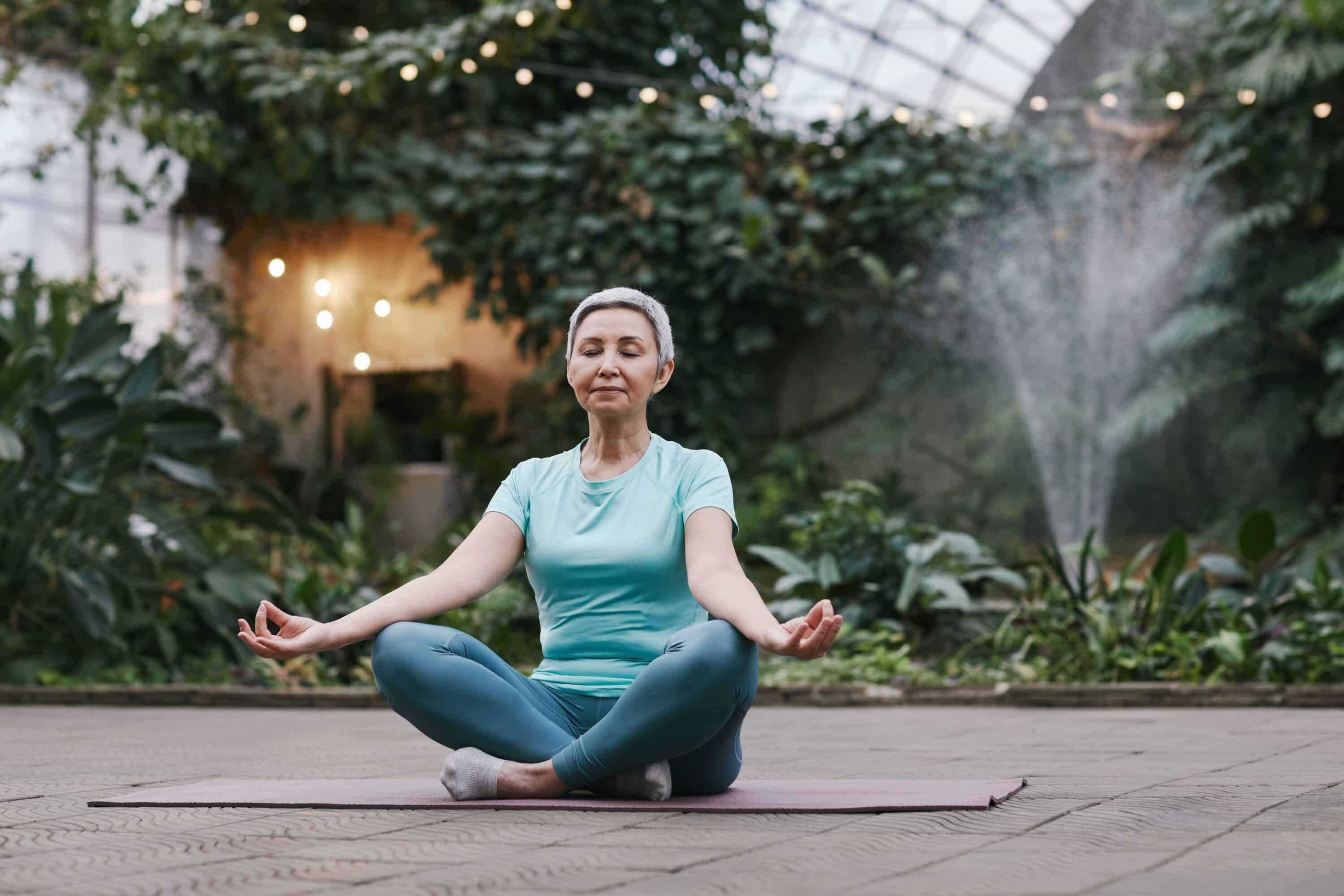
Tailoring Your Activity to Your Ability
As we transition into retirement, it’s essential to recognise that our physical capabilities may evolve. Tailoring fitness activities to accommodate these changes is key to maintaining a safe and sustainable exercise routine. Individualising your exercise plan to match your current ability helps to prevent injuries and maximise the benefits of physical activity. Assessing your fitness level, considering any existing health conditions, and consulting with a healthcare professional are crucial initial steps in tailoring an activity plan that suits your needs.
Acknowledging your capabilities and limitations and selecting exercises that respect these boundaries is integral to nurturing a positive relationship with fitness. By doing so, you’ll discover a range of activities that align with your abilities and personal preferences, encouraging you to remain consistent and engaged. Customising your fitness regimen to suit your ability also involves understanding the concept of progression and pacing. This approach allows you to gradually build strength, improve flexibility, and increase endurance while preventing feelings of overwhelm or strain.
Furthermore, tailoring fitness activities to your ability expands the opportunity to explore a variety of exercise options. It invites you to sample different activities and routines, enabling you to find the most enjoyable and sustainable ways to stay active. By embracing an adaptable mindset towards exercise, you can navigate through different forms of movement and adjust your routine as needed, ultimately enjoying the freedom to explore activities that resonate with you and nurturing a positive and fulfilling fitness journey throughout retirement.
Starting Your Fitness Journey Safely
Embarking on a fitness journey during retirement begins with a focus on safety and self-care. It’s crucial to start your exercise regimen on the right foot, ensuring that you ease into physical activity gradually and with mindfulness. Before commencing any form of exercise, it’s wise to seek guidance from a healthcare professional, especially if you have any pre-existing medical conditions. This step will help you to identify any potential risks and receive personalised recommendations that align with your overall health status and fitness goals.
As you initiate your fitness journey, setting realistic goals and expectations is key. Starting with manageable tasks and activities allows you to gauge your current fitness level and progressively build upon it. This approach will help to prevent feelings of discouragement, as it celebrates small wins and gradual improvements, laying the foundation for a sustainable and enjoyable fitness routine. In addition, when introducing new activities, carefully familiarise yourself with the correct form and technique to reduce the risk of injury and increase the efficacy of your workout.
Ensuring a tailored approach to your fitness journey involves paying attention to the body’s signals and being mindful of any discomfort or pain during exercise. Listening to your body and honouring its needs aids in preventing overexertion and strain. Furthermore, choosing exercises that you enjoy and finding joy in the process can foster a positive mindset towards staying active, making the commencement of your fitness journey a fulfilling and rewarding experience.
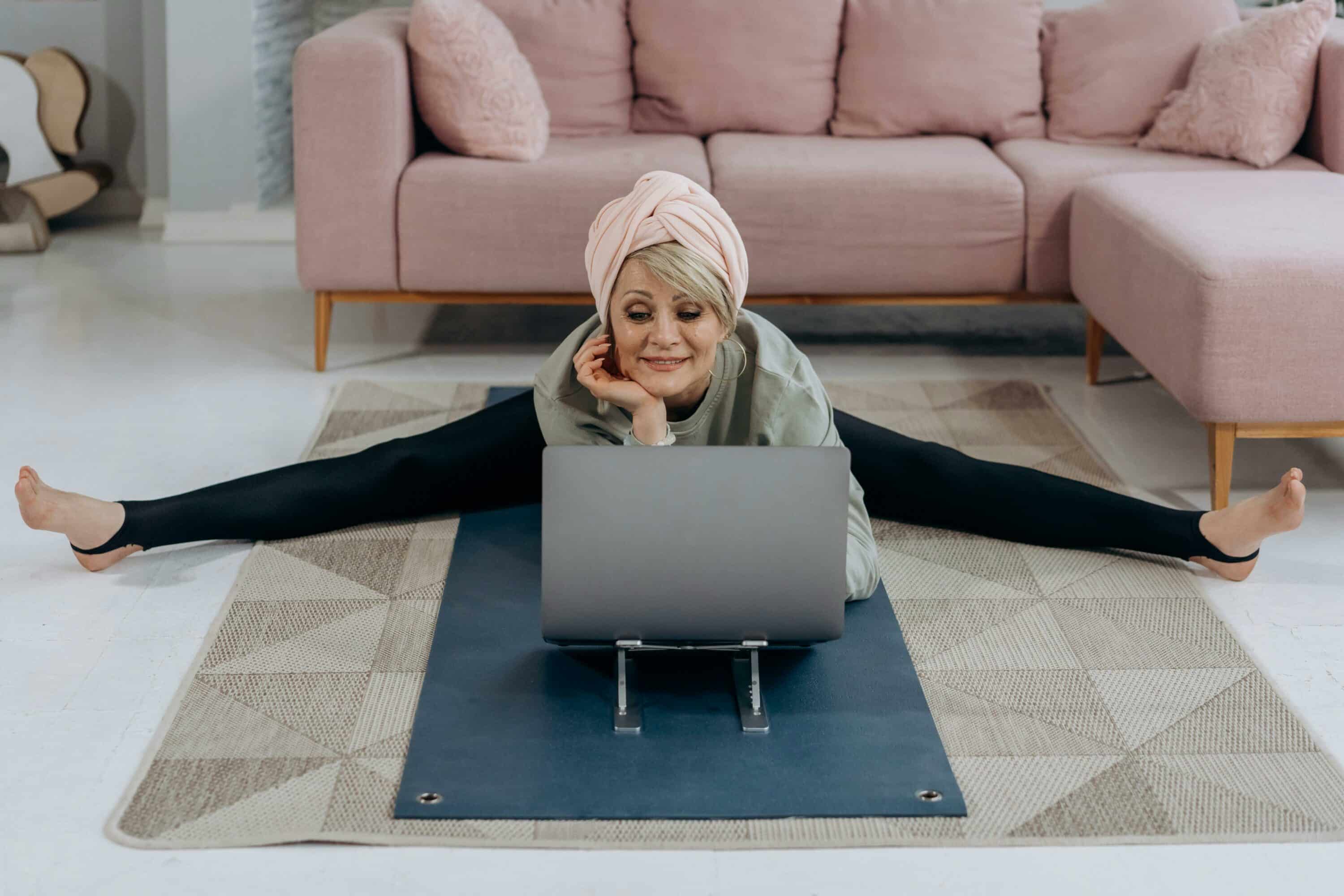
Balancing Strength, Flexibility, and Cardio
Balancing strength, flexibility, and cardio exercises forms the cornerstone of a comprehensive fitness routine for retirees. Each component contributes to overall fitness and plays a crucial role in maintaining mobility, independence, and a robust quality of life. Strength training, encompassing activities such as resistance exercises and weight-bearing movements, is vital for preserving muscle mass, improving bone density, and enhancing functional strength. These exercises are instrumental in supporting daily activities and reducing the risk of falls, thereby promoting long-term health and wellbeing.
Flexibility exercises, including stretching and mobility work, are essential for maintaining joint health, enhancing range of motion, and preventing stiffness. A regular flexibility regimen supports better posture and balance, reducing the likelihood of injury and facilitating a greater sense of comfort while performing everyday tasks. By incorporating stretches that target major muscle groups, retirees can experience improved comfort and ease of movement during their daily routines, fostering a heightened sense of vitality and physical freedom.
Cardiovascular exercise, commonly known as cardio, is key to promoting heart health and overall cardiovascular fitness. Engaging in activities such as brisk walking, cycling, swimming, or dancing supports the efficient functioning of the heart and circulatory system. Cardio exercises also contribute to managing weight, reducing stress, and enhancing mental clarity, ultimately leading to improved overall health and a greater sense of vitality. By integrating all three elements—strength, flexibility, and cardio—into your fitness regimen, you can enjoy a well-rounded approach to physical activity that encompasses the diverse needs of the body, enhancing your overall health and longevity in retirement.
Low-Impact Exercises for Joint Health
Low-impact exercises are an excellent choice for seniors seeking to maintain joint health while staying physically active. These gentle yet effective exercises offer an opportunity to improve flexibility, strengthen muscles, and support joint stability without subjecting the body to excessive strain. Activities such as swimming, water aerobics, and cycling provide a supportive environment for joints, minimising the risk of impact-related injuries while delivering substantial cardiovascular benefits. By including low-impact exercises in your routine, you can enjoy the benefits of physical activity without compromising the health of your joints.
Yoga, tai chi, and gentle stretching routines are also valuable additions to a fitness program focused on joint health. These practices promote flexibility, balance, and improved posture while encouraging mindfulness and relaxation. Through deliberate movement and controlled breathing, low-impact activities contribute to joint lubrication, providing relief from stiffness and enhancing overall mobility. Moreover, these exercises can be customised to accommodate individual abilities, making them an accessible and inclusive option for seniors aiming to maintain joint health and comfort.
Incorporating low-impact exercises into your fitness routine offers an opportunity to manage joint pain, improve circulation, and strengthen the musculoskeletal system. As a result, you can experience increased comfort and reduced stiffness, empowering you to lead a more active and enjoyable lifestyle in retirement. By prioritising activities that nurture joint health, you’ll be able to stay engaged in physical pursuits that align with your capabilities, ultimately supporting your overall wellbeing and longevity.
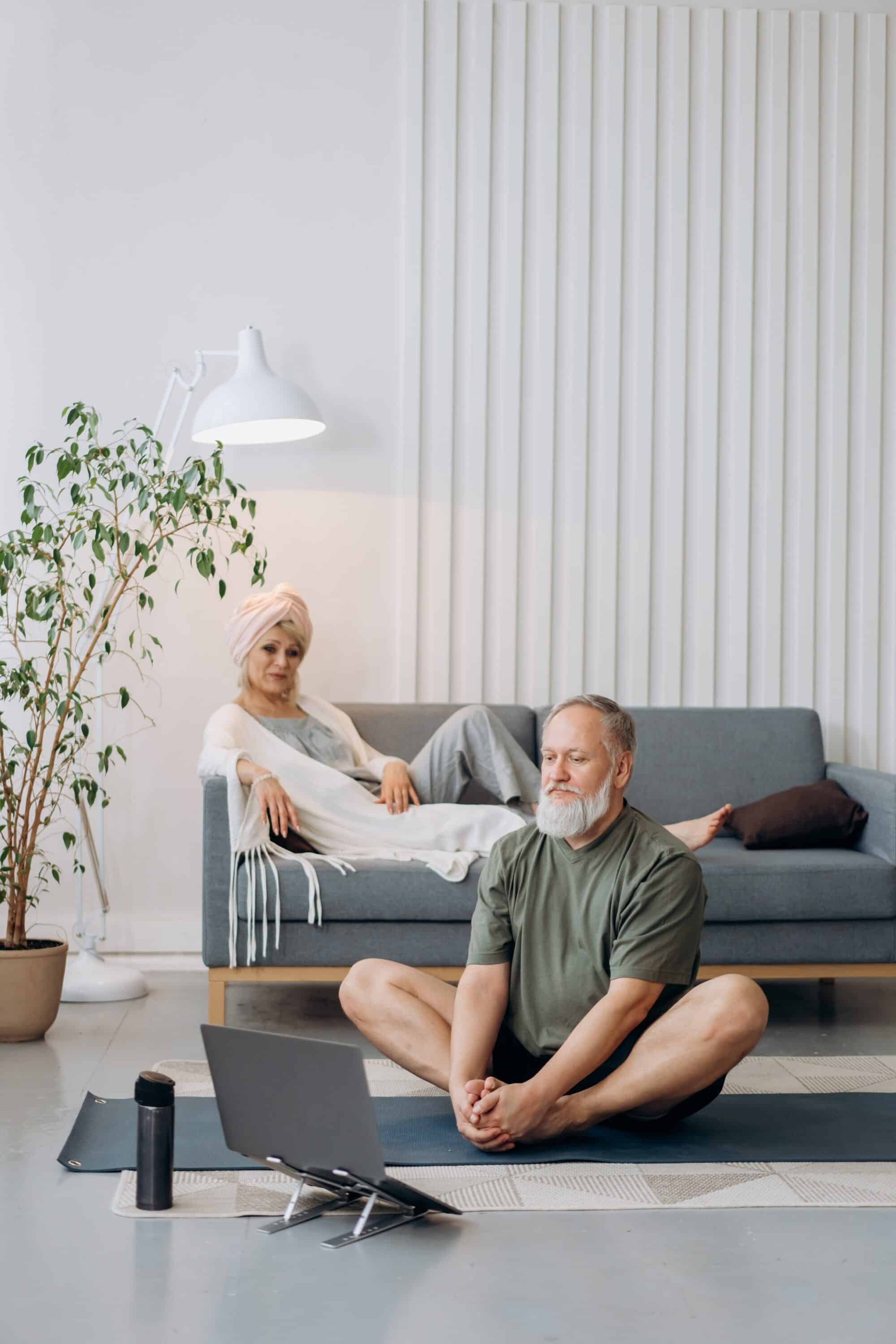
Yoga and Pilates for Senior Strength and Balance
Yoga and Pilates are both renowned for their ability to enhance strength and balance, making them particularly beneficial for seniors as they journey through retirement. These mind-body practices offer a gentle yet effective way to build muscular endurance, improve stability, and promote functional fitness. The deliberate, controlled movements of yoga and Pilates exercises target core strength, which supports better posture and reduces the risk of falls. By incorporating these practices into your fitness routine, you can experience the physical and mental benefits of improved strength and balance.
The focus on controlled breathing and mindfulness in yoga and Pilates contributes to stress reduction and relaxation, offering holistic support for mental and emotional wellbeing. Additionally, the slow, deliberate pace of these practices allows for adjustments and modifications, making them accessible to individuals of varying fitness levels and physical abilities. By engaging in regular yoga or Pilates sessions, seniors can cultivate a greater sense of body awareness, leading to improved coordination, spatial orientation, and a heightened sense of stability and control.
Furthermore, yoga and Pilates promote flexibility, joint mobility, and range of motion, aiding in the maintenance of functional movement as well as supporting joint health. The emphasis on stretching and lengthening helps to alleviate tension in the muscles, contributing to improved comfort and enhanced ease of movement. By integrating these practices into your fitness regimen, you’ll cultivate a comprehensive approach to physical activity that not only enhances muscular strength and balance but also supports mental clarity and emotional equilibrium as you navigate the golden years of retirement.
Aqua Aerobics for Cardiovascular Wellness
Aqua aerobics, or water aerobics, presents a compelling option for seniors seeking cardiovascular wellness with the added benefits of buoyancy and low-impact resistance. This form of exercise takes place in a pool, providing both support and resistance for movements, which makes it a gentle yet effective way to enhance cardiovascular fitness. Engaging in aqua aerobics promotes better heart health, increases lung capacity, and aids in the improvement of circulation. The water’s resistance provides a comprehensive full-body workout, contributing to improved endurance and a healthier cardiovascular system overall.
One of the notable advantages of aqua aerobics is its suitability for individuals with joint discomfort or mobility limitations, as the buoyancy of the water reduces the impact on the joints and offers support for the body. This makes it an accessible exercise option that alleviates pressure from weight-bearing joints, allowing seniors to engage in invigorating cardiovascular activity with reduced risk of strain or injury. Additionally, the water’s natural resistance provides a constant yet gentle challenge, making aqua aerobics an effective way to strengthen and tone muscles while promoting cardiovascular wellness.
The social aspect of aqua aerobics also contributes to its appeal, as it can be enjoyed in a group setting, fostering a sense of community and camaraderie among participants. This aspect of shared activity can enhance motivation and enjoyment, leading to a proactive approach to cardiovascular fitness. By embracing aqua aerobics as a regular component of your fitness routine, you can experience the invigorating and revitalising benefits of water-based exercise while supporting your cardiovascular health and overall wellbeing during retirement.
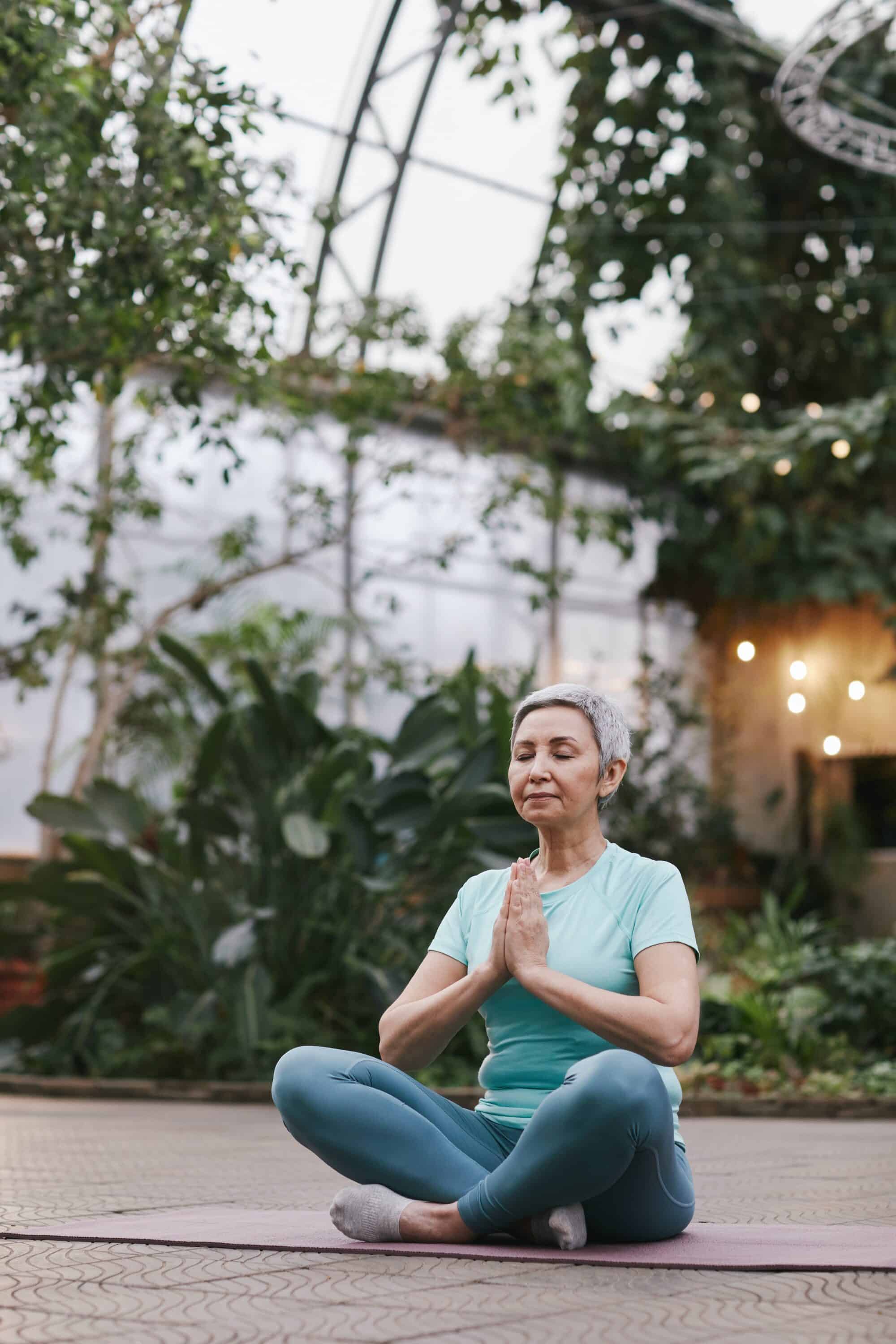
Walking and Hiking for Heart Health
Walking and hiking offer fantastic opportunities for seniors to prioritise heart health while enjoying the wonderful outdoors. These low-impact activities provide a simple yet effective way to enhance cardiovascular wellness, offering benefits such as improved heart function, increased circulation, and better lung capacity. By incorporating regular walking or hiking into your fitness routine, you can enjoy the advantages of cardiovascular exercise while relishing the natural beauty and tranquillity of outdoor environments, providing a holistic approach to heart health and overall wellbeing.
Engaging in walking or hiking activities promotes both physical and mental wellness, supporting not only heart health but also stress reduction and improved mood. The rhythmic, repetitive nature of walking or hiking offers a meditative quality, fostering a sense of relaxation and mental clarity. Additionally, these activities can be tailored to individual fitness levels, allowing seniors to gradually increase the intensity and duration as their endurance improves. Whether strolling through nature reserves, walking along scenic coastal paths, or exploring gentle hiking trails, the opportunity to integrate aerobic exercise into the delightful rhythm of nature provides a fulfilling and enjoyable way to support heart health.
The social aspect of walking and hiking further enhances their appeal, particularly when enjoyed with friends, family, or fellow retirees. This shared activity fosters a sense of community, encouraging regular participation and providing an opportunity to develop meaningful connections. By prioritising heart health through walking and hiking, seniors can take pleasure in the invigorating benefits of outdoor exercise while proactively nurturing their overall health and wellbeing in retirement.
The Role of Stretching and Mobility Work
Stretching and mobility work play an integral role in maintaining functional movement, flexibility, and joint health, making them essential components of a comprehensive fitness routine for seniors. Stretching exercises promote improved flexibility and range of motion, reducing stiffness and tension in the muscles and enhancing overall comfort. By incorporating stretching into your regular fitness regimen, you can experience increased ease of movement in everyday activities and a greater sense of physical freedom, all while supporting joint health and comfort.
Mobility exercises, which focus on addressing functional movement patterns, support the body’s ability to perform daily tasks with ease and efficiency. This includes activities designed to enhance balance, coordination, and agility, ultimately contributing to improved stability and reduced risk of falls. Mobility work also encompasses exercises that target specific areas of the body, such as the hips, shoulders, and spine, promoting greater comfort and resilience in these key areas. By integrating mobility exercises into your routine, you can elevate your overall physical capacity and enhance your ability to engage in various activities with confidence and grace.
The emphasis on stretching and mobility work extends beyond physical benefits, offering mental and emotional advantages as well. Engaging in these exercises enhances body awareness, fostering a deeper connection with movement and facilitating a sense of mindfulness and relaxation. Additionally, the deliberate and controlled nature of these activities provides an opportunity to release tension, reduce stress, and support a positive mindset towards exercise and movement. By recognising the vital role of stretching and mobility work, seniors can nurture a comprehensive approach to fitness that not only supports physical health but also contributes to mental and emotional wellbeing, enhancing overall vitality during retirement.
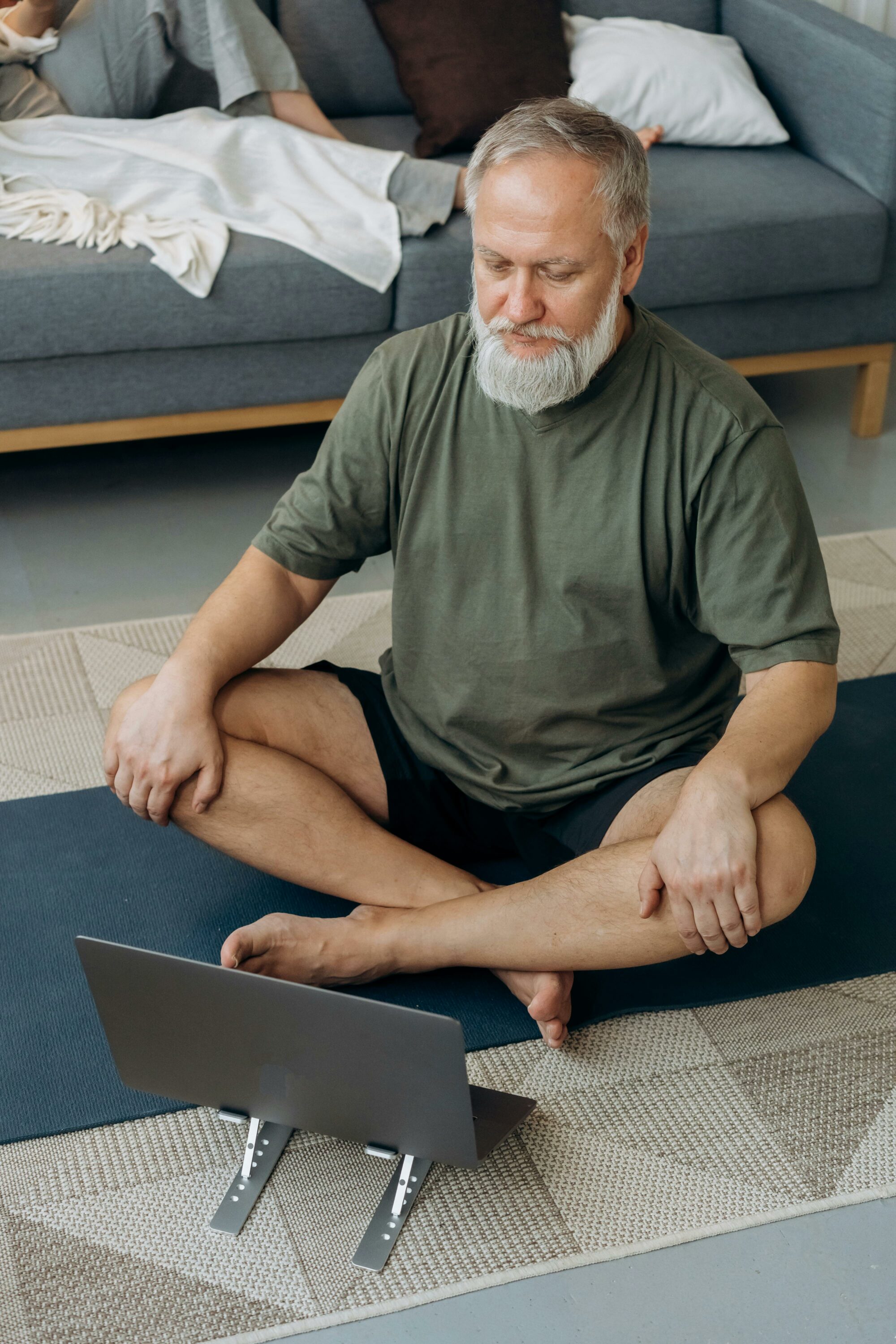
Incorporating Mindfulness and Meditation
Incorporating mindfulness and meditation into your daily routine are excellent practices for seniors seeking holistic wellbeing during retirement. Mindfulness involves being fully present in the moment, paying attention to thoughts, emotions, and bodily sensations without judgment. By integrating mindfulness into your lifestyle, you can cultivate a greater awareness of your physical and mental state, fostering a positive relationship with various aspects of your life. This approach supports emotional resilience, stress reduction, and an overall sense of peace and contentment, thereby contributing to enhanced quality of life and improved mental clarity.
Meditation offers a powerful means to calm the mind, reduce anxiety, and promote mental relaxation. Engaging in meditation exercises, whether guided or independent, provides an opportunity to cultivate a sense of tranquility and inner harmony. By taking time for stillness and introspection, seniors can alleviate the mental strain that often accompanies life transitions, facilitating a sense of emotional balance and equanimity. Additionally, the practice of meditation has been associated with improved sleep quality, reduced levels of stress, and enhanced cognitive function, offering a multitude of benefits for overall mental wellbeing during retirement.
Both mindfulness and meditation offer opportunities for inner reflection, self-discovery, and a heightened ability to appreciate life’s simple moments. By incorporating these practices into your daily routine, you can enjoy the restorative benefits of mental tranquility, emotional equilibrium, and a profound sense of connection to the present moment. These practices provide valuable tools for navigating the complexities of retirement and supporting mental and emotional health, contributing to an enriching and fulfilling retirement experience.
Staying Motivated Through Group Classes
Participating in group fitness classes provides an excellent source of motivation and social engagement for seniors embarking on a fitness journey in retirement. The collective atmosphere of group classes offers a supportive and encouraging environment, fostering camaraderie and a sense of community among participants. This social interaction serves as a powerful motivator, making it easier to stay committed to a regular exercise routine and providing an opportunity to develop meaningful connections with like-minded individuals. The group dynamic also adds an element of accountability, inspiring individuals to show up for classes and remain consistent in their fitness pursuits.
Moreover, group fitness classes offer a diverse range of exercise options, allowing participants to explore various activities tailored to the needs and preferences of retirees. From gentle yoga sessions and low-impact aerobics to strength training and dance classes, group fitness programs cater to a wide spectrum of abilities and interests. This inclusivity ensures that individuals can select classes that align with their fitness goals and are suitable for their current level of physical activity, making it easier to find enjoyment and accomplishment in their exercise endeavors.
The structured nature of group fitness classes also provides a valuable framework for seniors seeking guidance and motivation in their fitness journey. With the leadership and expertise of qualified instructors, participants can benefit from personalised attention, proper technique instruction, and the opportunity to challenge themselves within a safe and supportive setting. This guidance fosters a sense of progress and achievement, empowering individuals to strive for continuous improvement and enjoy the numerous physical and mental rewards of regular exercise.
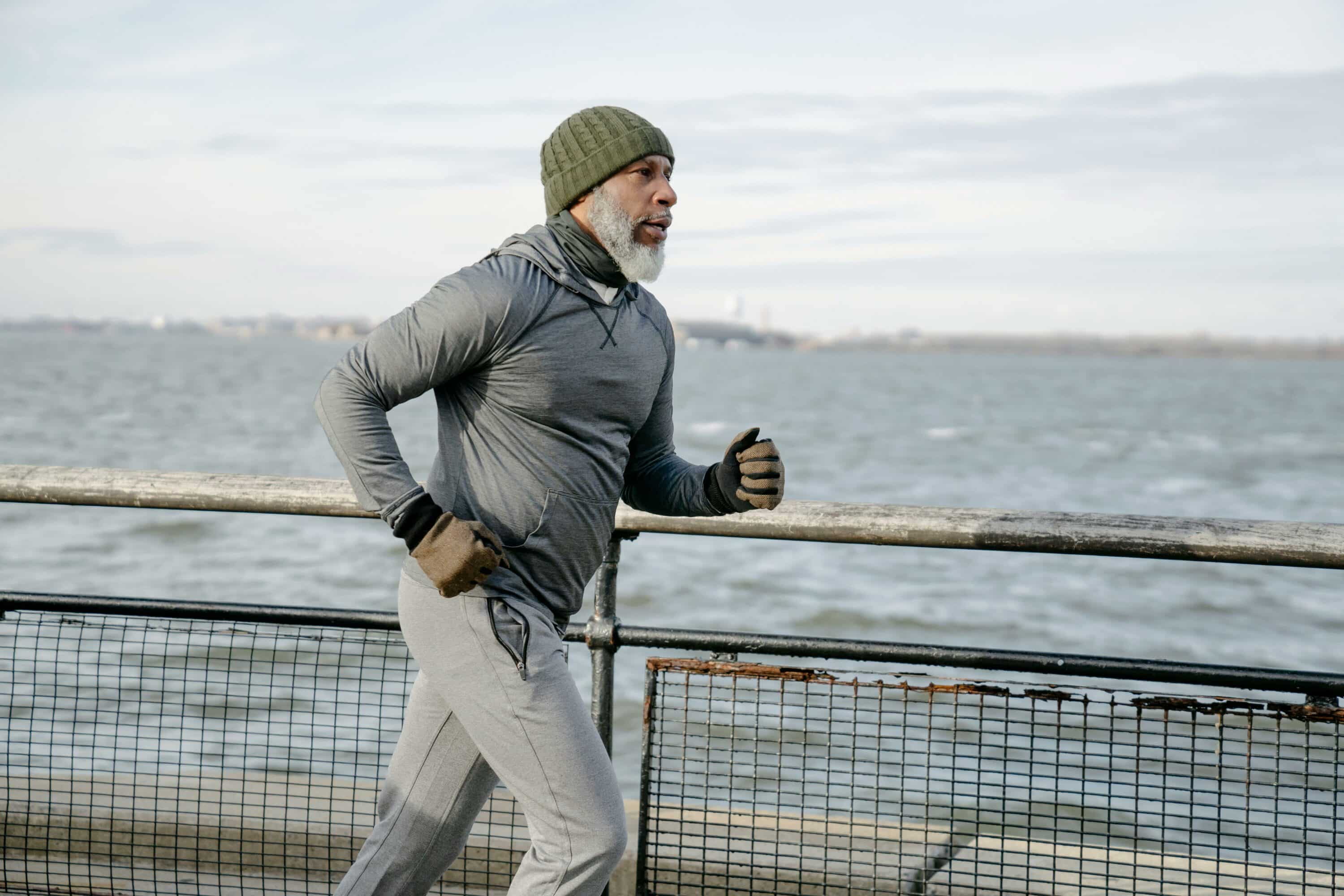
Monitoring Your Progress and Adjusting Your Routine
Monitoring your progress and making adjustments to your fitness routine are essential for seniors aiming to optimise their health and wellbeing during retirement. Keeping track of your fitness journey allows you to observe and celebrate the strides you’ve made, providing motivation and encouragement to continue your efforts. Whether it’s recording the number of steps taken, monitoring improvements in strength and flexibility, or tracking changes in heart rate during exercise, progress tracking serves as a valuable tool for maintaining accountability and fostering a positive mindset towards fitness.
As you monitor your progress, paying attention to how your body responds to exercise is key to understanding the effects of your fitness routine. It’s important to listen to your body’s signals and be mindful of any discomfort, pain, or fatigue. By doing so, you can identify areas where adjustments are needed, such as modifying the intensity or type of exercise, incorporating more rest days, or seeking professional guidance to ensure that your fitness routine aligns with your health status and goals. Adjusting your routine in response to your body’s feedback allows you to sustain a safe and effective exercise plan, promoting ongoing progress and the prevention of overexertion or injury.
Regularly reassessing your fitness routine also offers the opportunity to introduce new challenges and goals, keeping your exercise plan engaging and dynamic. By incorporating variety and adjusting the intensity and duration of your workouts, you can continue to challenge your body and mind, stimulating ongoing physical and mental benefits. This adaptability ensures that your fitness routine remains engaging, enjoyable, and responsive to your evolving needs and goals, ultimately steering you towards a fulfilling and sustainable approach to fitness during retirement.
Conclusion
Embracing a fitness routine in retirement presents an exciting opportunity to prioritise your health and vitality, contributing to a fulfilling and active lifestyle. By exploring a range of exercise options that cater to your abilities and preferences, you can discover an enjoyable and sustainable approach to physical activity. From low-impact exercises for joint health to group fitness classes that foster a sense of camaraderie, the world of senior fitness offers myriad possibilities for staying active and engaged.
Mindful movement, cardiovascular wellness, strength training, and mobility work all work in harmony to support overall health and wellbeing. Incorporating mindfulness and meditation into your routine further enhances the holistic benefits of exercise, nurturing a positive mindset and emotional equilibrium. By monitoring your progress, adjusting your routine, and seeking support from professional instructors and healthcare providers, you can build a fitness plan that energises the body and enriches the spirit.
As you journey through retirement, remember that the key to a successful fitness routine lies in finding joy in movement and embracing the sense of accomplishment that comes with taking care of your health. By staying dedicated and adaptable, you can create a fitness regimen that supports your goals, enhances your quality of life, and instills a deep sense of vitality as you navigate the golden years of retirement.






